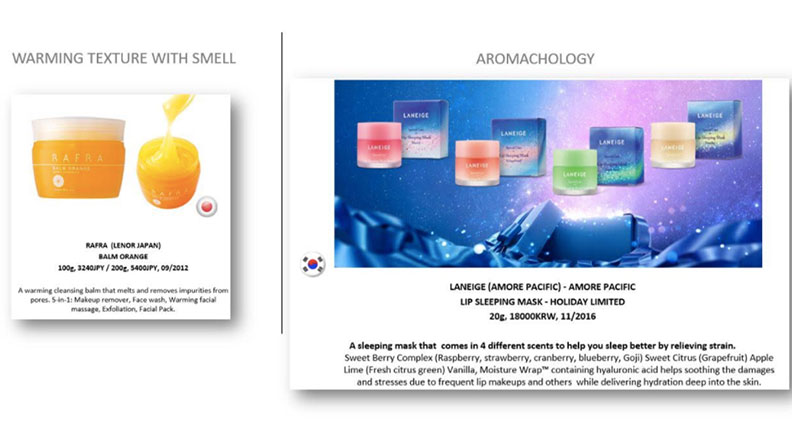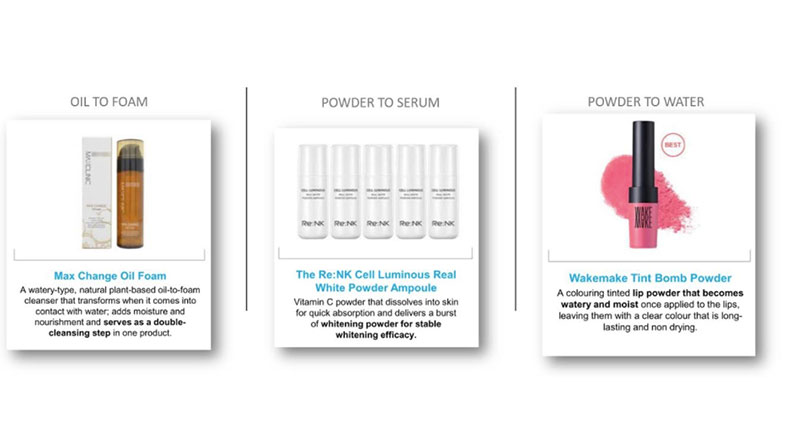As a product developer, I always have to be ahead of the current trends when it comes to product innovation. Between the latest formulations, technologies, and textures, there is never a lack of possibilities. But, because the industry is always evolving, it’s imperative to stay in the know in order to drive your product to the forefront.
Take the K-beauty phenomenon as an example. In 2015, Korean beauty brands started to pop up more and more, and what differentiated them from traditional US beauty brands (such as Olay, Neutrogena, etc.) was their focus on “multi-sensory experiences.”
This was also highlighted at the in-cosmetics Asia show in 2015, where Emmanuelle Moeglin, Analyst of Mintel Beauty & Personal Care, looked at “Experience is all – connecting products with consumers through multi-sensory experiences.”
Sensory experimentation is a primary purchase driver in beauty. Understanding how to reinforce the connection between product and consumer is key to driving more experimentation and therefore product purchase.
At the forefront of this skincare movement, Mintel saw three textural trends begin to emerge:

Fast-forward two years to 2017: Information & Inspiration, a company providing trend analysis service for cosmetics brands, found that Asia was still driving the trends for sensory textures and polysensoriality by siloing them into the following categories:

Emotional texture & fragrance
With K-beauty in the spotlight, more-traditional brands are beginning to adapt to these textural trends simply because today’s transformative textures help to support efficacy.

So, what’s next? Beauty brands will continue to play with textures to link energy benefits with sensorial cues. This will include the very latest developments in immediate and warming textures for slow-burn and long-burn formulations, as well as sparkling and tingling textures for immediate impact.